Karappan
(Skin disorders in children)
Karappan, or skin disorders in children, can cause distress to both the child and their parents. These conditions not only affect the physical appearance but also impact the child’s overall well-being. Ayurveda offers a holistic approach to address the underlying imbalances and provide effective solutions for managing and preventing skin disorders in children.

Overview
Karappan refers to a spectrum of skin disorders that commonly affect children. These conditions can include rashes, eczema, allergic reactions, infections, and other inflammatory skin conditions. Children have delicate and sensitive skin, making them more prone to these issues. Ayurveda recognizes that imbalances in doshas, improper diet, poor hygiene, and environmental factors can contribute to the development of skin disorders in children.
At our Ayurvedic hospital, we understand the unique challenges faced by children with skin disorders and offer gentle, natural, and safe treatment options to restore their skin health.
Common Skin Disorders in Children: Some of the common skin disorders seen in children include:
Atopic Dermatitis (Eczema): This chronic condition is characterized by itchy, red, and inflamed patches on the skin. Eczema can be triggered by allergens, irritants, and environmental factors.
Diaper Rash: Diaper rash is a common skin irritation that occurs in the diaper area due to prolonged contact with urine and feces, friction, and lack of proper hygiene.
Allergic Reactions: Children may develop allergic reactions to certain foods, medications, insect bites, or environmental allergens. These reactions can cause itching, rashes, hives, and swelling.
Prickly Heat: Prickly heat, also known as miliaria, is a common rash that occurs in hot and humid weather. It is caused by blocked sweat glands, leading to small, itchy, and red bumps on the skin.
Impetigo: Impetigo is a highly contagious bacterial skin infection characterized by red sores that rupture and form yellowish-brown crusts. It commonly occurs in children, especially in warm and humid conditions.
Symptoms
Karappan, or skin disorders in children, can present with various symptoms that can cause discomfort and distress. Some common symptoms include:
- Rashes: Red, raised patches, small bumps, or blisters on the skin.
- Itching: Constant urge to scratch the skin, leading to further irritation.
- Redness and Inflammation: Irritated, swollen, and sensitive skin.
- Dry and Flaky Skin: Rough, scaly skin prone to cracking.
- Blisters and Lesions: Fluid-filled, pus-filled, or bloody blisters or lesions.
- Swelling: Localized or widespread swelling in the affected areas.
- Pain or Discomfort: Tenderness, soreness, or aching sensations in the skin.
- Weeping or Oozing: Oozing of fluid from the affected skin.
- Changes in Skin Color: Redder, darker, or lighter patches of skin.
- Disrupted Sleep: Itching and discomfort that disrupt sleep patterns.
If your child experiences any of these symptoms, it is recommended to consult an Ayurvedic physician for proper diagnosis and treatment. Early intervention can help manage symptoms, prevent complications, and restore your child’s skin health.
Causes
Skin disorders in children can have various causes, including:
- Imbalanced doshas, particularly Pitta and Kapha.
- Genetic factors and family history of skin disorders.
- Poor hygiene practices, such as infrequent bathing or improper cleansing of the skin.
- Excessive consumption of oily, spicy, and processed foods.
- Allergens, irritants, and environmental factors like pollen, dust mites, pet dander, and harsh chemicals.
Diagnosis & Treatment
Ayurvedic diagnosis of skin disorders in children involves examining the child’s medical history, symptoms, and the appearance of skin lesions. The treatment approach aims to balance the doshas, improve digestion, strengthen the immune system, and provide relief from symptoms. The treatment methods may include:
Herbal Medicines: Ayurvedic formulations containing herbs with anti-inflammatory, antibacterial, and skin-nourishing properties are prescribed to alleviate symptoms, reduce inflammation, and promote healing.
Dietary Modifications: A balanced and nutritious diet that includes fresh fruits, vegetables, whole grains, and easily digestible foods is recommended. Avoidance of trigger foods and allergens specific to the child’s condition is emphasized.
Topical Applications: Gentle and natural Ayurvedic creams, oils, and ointments are applied topically to soothe the skin, reduce itching, and promote healing. These formulations are safe for children and do not contain harsh chemicals.
Hygiene Practices: Proper hygiene habits, including regular bathing with mild
References: Ashtanga Hridaya, Charaka Samhita, Sushruta Samhita
